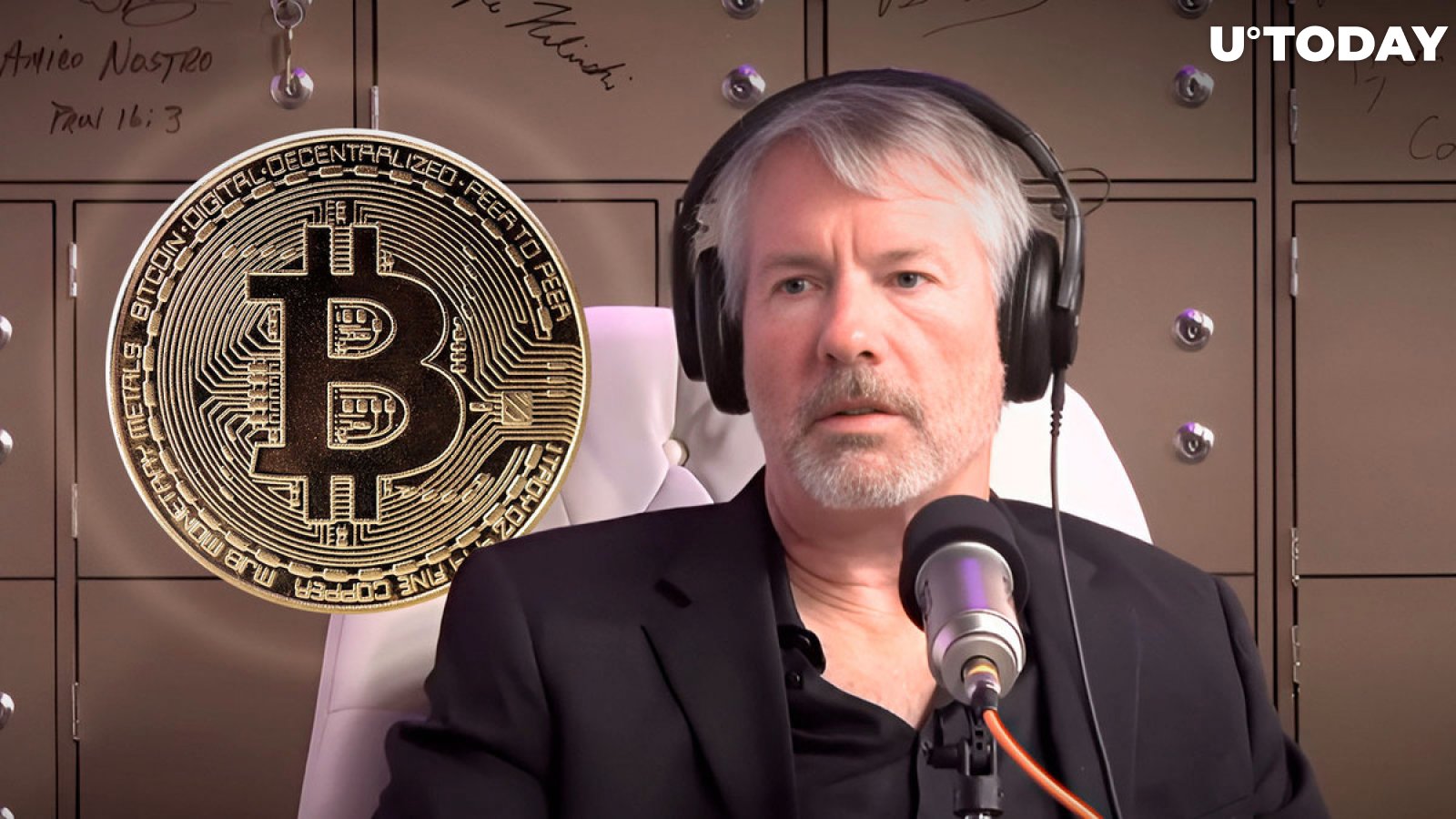XRP and Cardano Face Significant Challenges in GSR’s Crypto ETF Evaluation
- The landscape of cryptocurrency ETFs is evolving rapidly, but the transition is not seamless for all digital assets.
- Insights from GSR’s latest analysis suggest significant hurdles for XRP and Cardano in ETF adaptation.
- GSR’s comprehensive scoring system evaluates cryptocurrencies based on decentralization and market demand indicators.
Dive into our detailed analysis of why XRP and Cardano face challenges in the burgeoning field of cryptocurrency ETFs, while other digital assets like Solana and Ethereum show promising potential.
XRP and Cardano: Challenged in the ETF Race?
Decentralization plays a crucial role in the adaptability of digital assets into ETFs, where key aspects like permissionless participation and network hardware diversity are evaluated seriously.
A critical metric, the Nakamoto Coefficient, gauges network centralization by measuring the concentration of operational power, revealing potential risks of control by concentrated entities.
According to GSR, XRP and Cardano have concerning decentralization scores, with XRP rated at -0.9 and Cardano at -0.1, indicating their network structures may hinder ETF adoption.
GSR’s analysis highlights that market cap, trading volume, and community activity levels are significant indicators of market demand for ETFs. Despite their popularity, XRP and Cardano secured low demand scores of -0.2 and -0.5, respectively.
This duo’s combination of low decentralization and demand scores posits substantial challenges for their potential ETF launch, especially in a dynamic and evolving market.
Focus on Solana and Emerging ETFs
GSR’s ETF Possibility Score assigns a weighting of 33% to decentralization and 67% to demand, highlighting that market interest heavily influences the score.
VanEck, a major asset management firm, has notably filed for the first-ever Spot Solana ETF with the US Securities and Exchange Commission (SEC), positioning Solana as a strong Ethereum competitor.
Matthew Sigel, head of digital asset research at VanEck, emphasizes, “Solana’s blockchain, with its scalability, speed, and low transaction costs, promises an improved user experience across multiple use cases.”
The latest dynamics in the ETF landscape also show mixed results for Bitcoin and Ethereum. While Bitcoin spot ETFs have seen fluctuating inflows, Ethereum’s ETF remains pending but nearing final S-1 approvals.
The market’s response remains cautious, reflecting slow inflows for Bitcoin spot ETFs despite recent positive trends in both Bitcoin and Ethereum ETF prospects.
Conclusion
In conclusion, XRP and Cardano face significant obstacles regarding their inclusion as ETFs, primarily hindered by low decentralization and demand scores. On the other hand, cryptocurrencies like Solana, fueled by their promising technological attributes and strategic ETF filings, seem poised for better potential. This evolving market highlights a selective but promising future for certain digital assets in the ETF race, urging investors to watch these developments closely.






